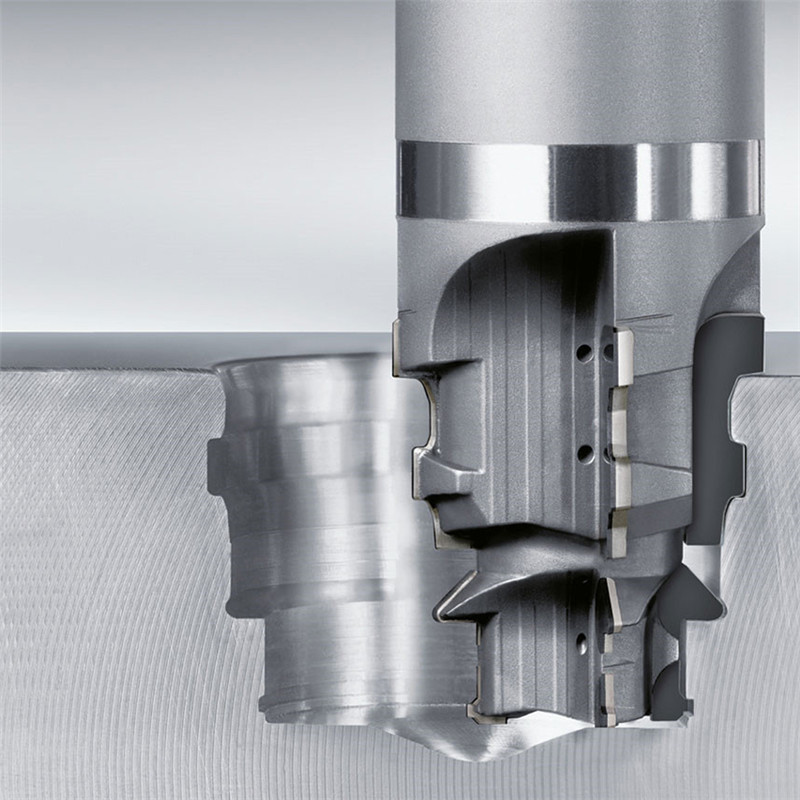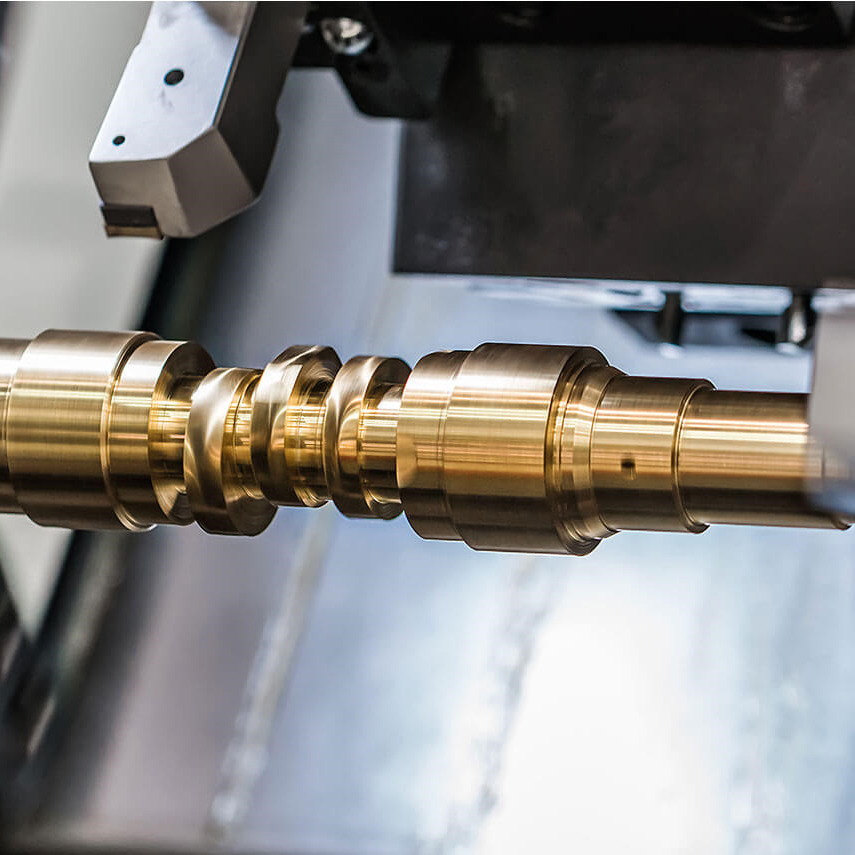How to restore tensile strength in welded 6061-T6 aluminum. Getty Images
Q: We fabricate and weld 6061-T6 aluminum in various product forms. We understand that the ultimate tensile strength (UTS) of welded 6061-T6 is significantly lower than the starting strength. However, a few people have told me recently that we can restore the strength of welded components after welding to T6 levels by performing a low-temperature aging treatment after welding. Is this true? Precision Aluminum Punching

A: I wish that were true because it would make life a lot simpler. Unfortunately, it is not.
The required minimum UTS for almost all 6061-T6 product forms is 40 KSI. However, all fabrication codes (AWS D1.2, ASME Boiler and Pressure Vessel Code, etc.) only require a minimum of 24 KSI UTS after welding. This is the value you need to meet when tensile testing is part of qualifying a welding procedure. It typically isn’t very difficult to do. Usually you obtain 25 or 26 KSI on testing the tensile samples.
So what happens if you follow recommendations and age the welded sample before testing? The heat-affected zones (HAZs) do age up a bit, but you will find that when you test the tensile samples, they are only 1 to 2 KSI stronger than unaged samples—in the range of 25 to 27 KSI, which isn’t anywhere close to T6 properties.
The only way to completely restore T6 properties is to perform a complete reheat treatment of the component. This consists of a solution heat treatment at around 1,000 degrees F followed by a rapid cold-water quench, followed by the low-temperature (400 F) aging treatment. This process is complex and difficult, but certainly possible if you have the experience and skill.
I know of a number of companies that use this manufacturing sequence. However, I do not recommend it in general unless you have a lot of experience in heat-treating aluminum. The biggest problem is that the component usually distorts significantly during quenching. It must then be mechanically straightened before aging, which isn’t easy.
However, there is another potential alternative. If you can, purchase the starting materials in the T4 temper, rather than the T6. Weld them in the T4 temper and then perform a low-temperature aging treatment at 400 degrees F for one hour (other aging schedules are available ranging down to 325 degrees F for eight hours). After the aging, if you perform tensile testing, you will find that the samples will exhibit around 35 KSI UTS—still not T6 properties but much closer than the 24 KSI you get otherwise.
Bear in mind these two potential problems that can occur. First, if you are a small end user, aluminum alloys are often difficult to buy in the T4 temper, although larger users should have no problem. Second, none of the fabricating codes give you any extra credit for using this technique. You will still need to design as if the welds were only 24 KSI; however, many of you are not bound by any specific code.
Feel free to try this technique. It works.
See More by Frank Armao
Read more from this issue
The Welder, formerly known as Practical Welding Today, is a showcase of the real people who make the products we use and work with every day. This magazine has served the welding community in North America well for more than 20 years.
Easily access valuable industry resources now with full access to the digital edition of The Fabricator.
Easily access valuable industry resources now with full access to the digital edition of The Welder.
Easily access valuable industry resources now with full access to the digital edition of The Tube and Pipe Journal.
Easily access valuable industry resources now with full access to the digital edition of The Fabricator en Español.
Emma Sauve of Mobsteel and Detroit Steel Wheel brings the energy as she joins host Dan Davis and...
© 2024 FMA Communications, Inc. All rights reserved.

Aluminum Pipe 6061-T6 Not yet registered? Sign up